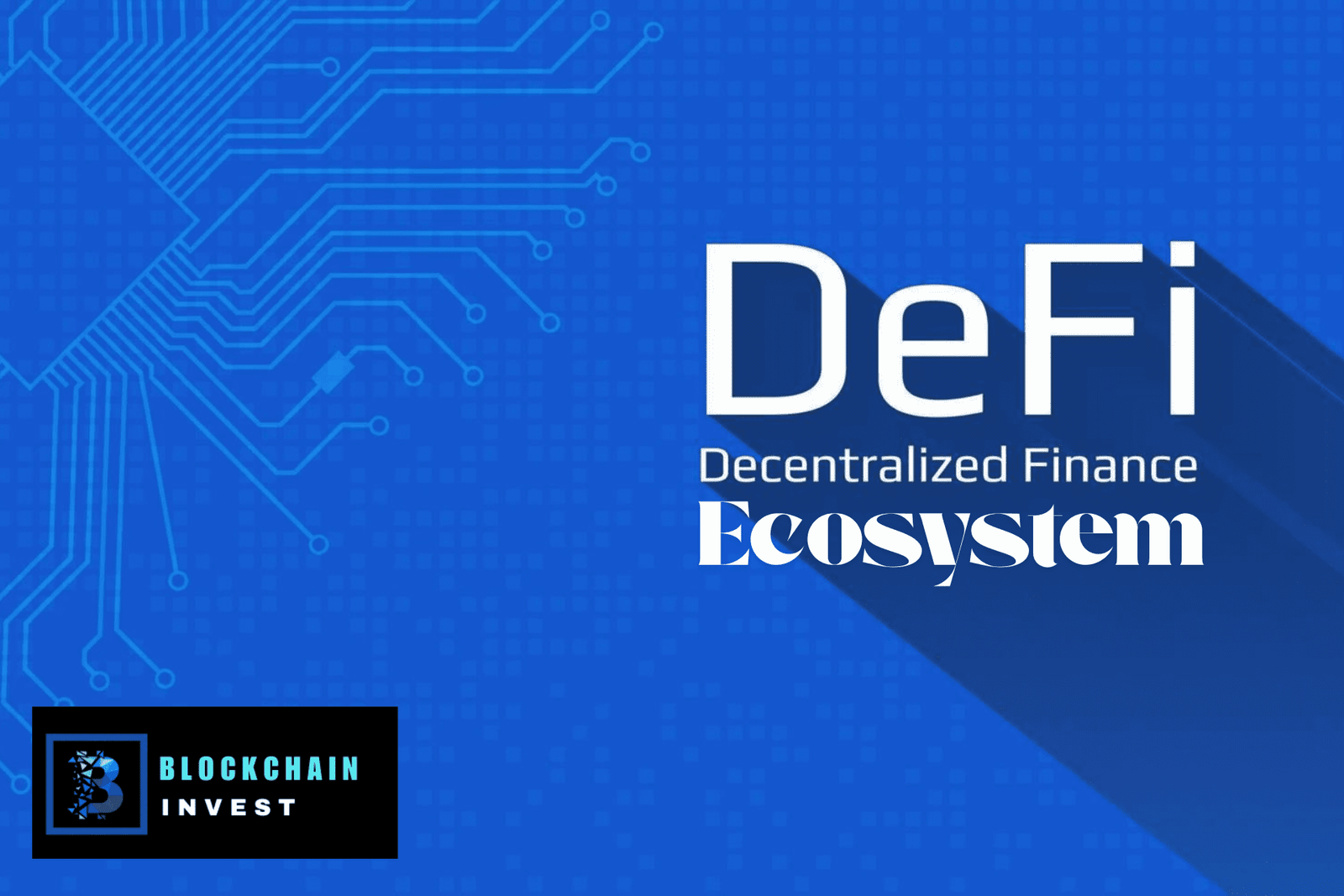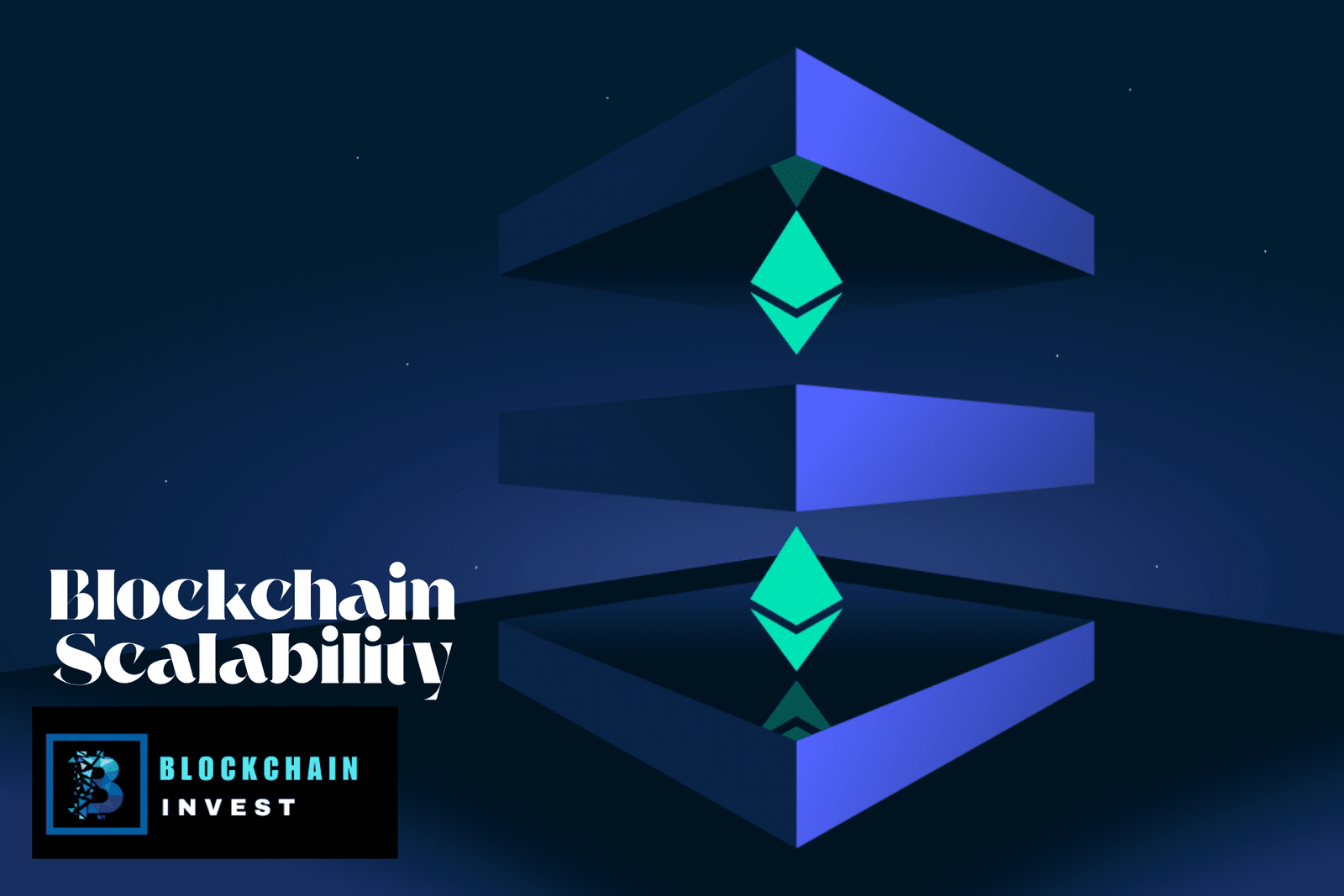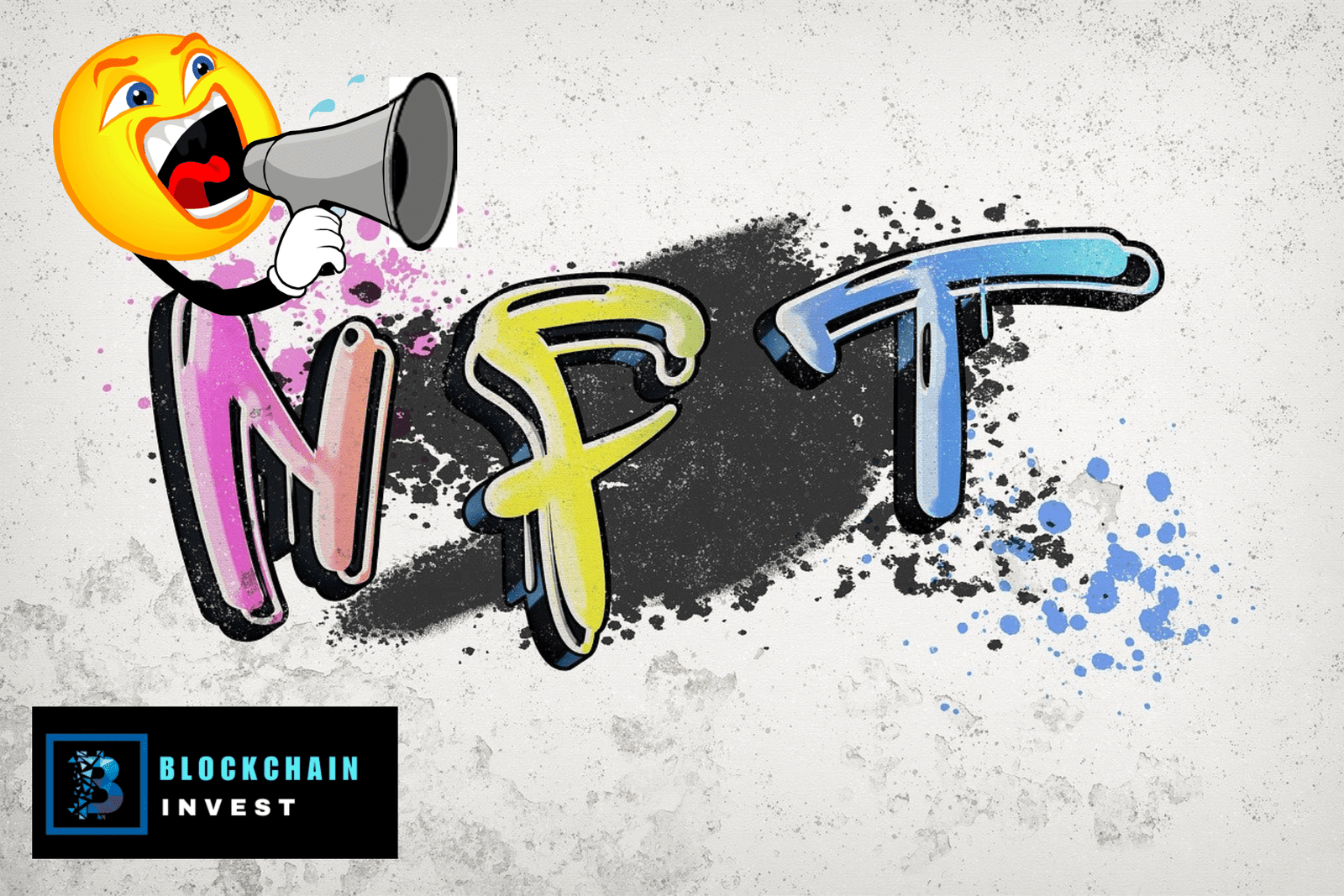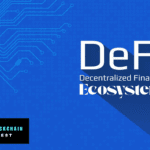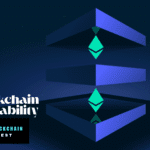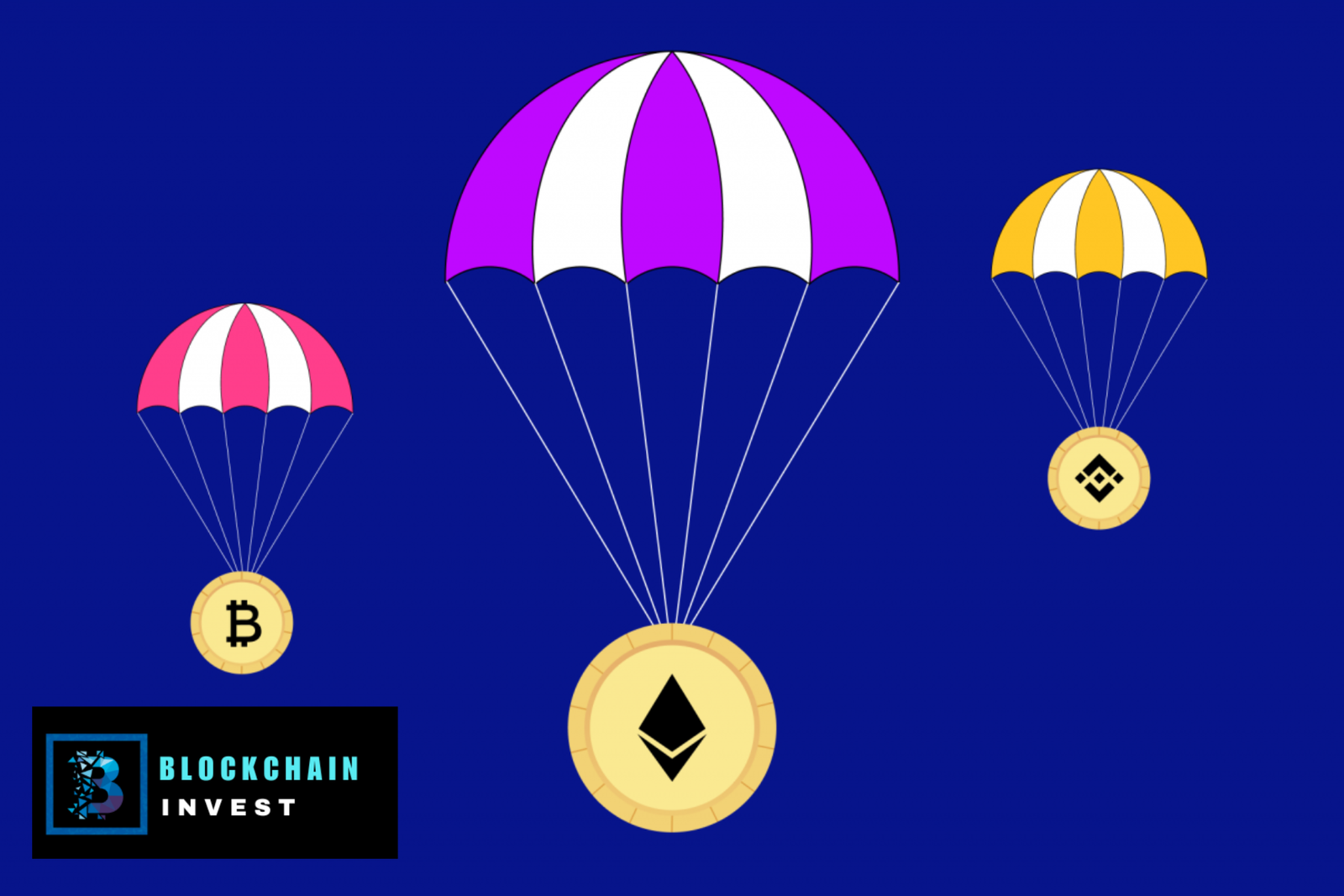Ethereum Vs Solana: Which Blockchain is Better for Developers?
Here’s What’s Inside This Blog Post1 Ethereum Overview1.1 History And Development1.2 Key Features2 Solana Overview2.1 History And Development2.2 Key

Here’s What’s Inside This Blog Post
Ethereum and Solana are popular blockchains. Both attract developers worldwide.
When choosing a blockchain platform, developers often compare Ethereum and Solana, two of the most prominent ecosystems for building decentralized applications (dApps). Both platforms offer powerful tools, active communities, and high-growth potential—but they differ significantly in architecture, scalability, cost, and developer experience.
Blockchain technology is evolving fast. Ethereum and Solana lead the way with unique features. Ethereum, known for its smart contracts, is widely adopted. Solana, with its high-speed transactions, is gaining traction. Developers face choices that impact their projects and goals.
In this article, we will explore Ethereum vs. Solana from a developer’s perspective to help you decide which platform better suits your project goals.
Ethereum Overview
Ethereum is one of the most well-known blockchain platforms. It offers a decentralized environment for developers. This section covers its history and key features.
History And Development
Ethereum was proposed in late 2013 by Vitalik Buterin, a programmer and co-founder of Bitcoin Magazine. The development of Ethereum began in early 2014. A crowdfunding campaign raised funds for the project. The platform went live on July 30, 2015, with 72 million coins premined. Ethereum aimed to go beyond Bitcoin’s financial use cases. It introduced smart contracts, which are self-executing contracts with the agreement directly written into code.
Ethereum has undergone several major upgrades. Each upgrade aims to improve its scalability, security, and functionality. Notable upgrades include Constantinople, Istanbul, and the recent London hard fork. These upgrades make the platform more efficient and user-friendly.
Key Features
Ethereum’s standout feature is its ability to support smart contracts. These contracts run exactly as programmed without any downtime, fraud, or third-party interference. Smart contracts enable developers to build decentralized applications (dApps). These apps operate on the blockchain, ensuring transparency and security.
Ethereum also has a robust development community. This community offers extensive documentation, tutorials, and support. Developers can use Ethereum’s native programming language, Solidity, to write smart contracts. Solidity is easy to learn and widely adopted.
Ethereum’s decentralized nature ensures that no single entity controls the network. This decentralization offers a high level of security and reliability. Ethereum’s upcoming upgrade to Ethereum 2.0 promises to enhance its performance further. The upgrade will introduce a proof-of-stake consensus mechanism. This mechanism aims to make the network more scalable and energy-efficient.
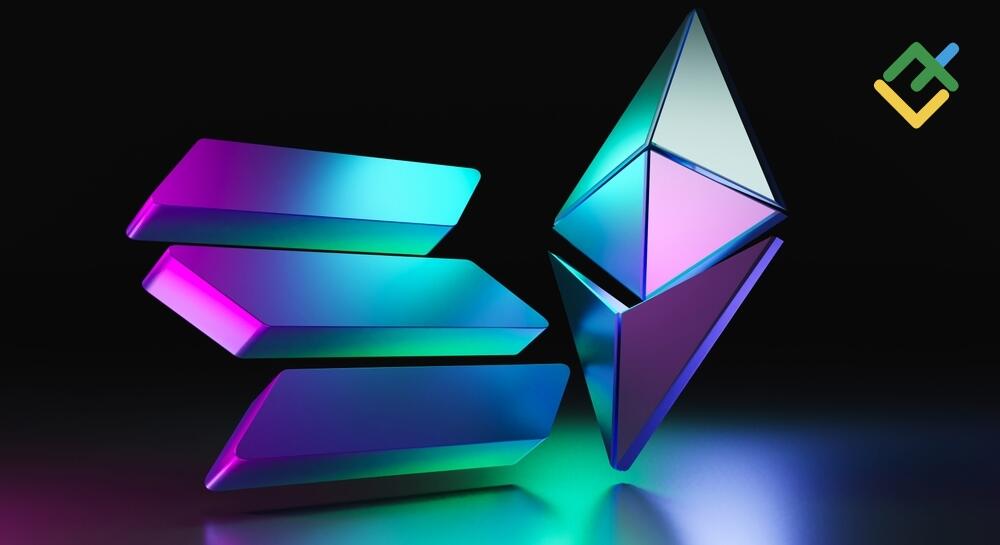
Solana Overview
Solana has been making waves in the blockchain space, attracting developers with its promise of high-speed transactions and low fees. If you’re a developer looking for a robust and scalable blockchain, Solana might just be what you need. But how did it all begin, and what makes Solana stand out? Let’s dive into its history and key features.
History And Development
Solana was founded in 2017 by Anatoly Yakovenko, a former Qualcomm engineer. Yakovenko’s vision was to address the scalability issues that plague many blockchain networks. The project gained momentum quickly, and by 2020, the Solana mainnet was officially launched.
Unlike other blockchains that rely heavily on layer-2 solutions for scaling, Solana uses a unique Proof of History (PoH) mechanism. This innovative approach allows the network to process transactions at lightning speed. If you’ve ever been frustrated by the slow transaction times on other blockchains, Solana’s rapid development and deployment might feel like a breath of fresh air.
Key Features
Solana boasts several features that make it attractive to developers:
- High Throughput: Solana can handle up to 65,000 transactions per second (TPS). This is a game-changer for developers building high-traffic applications.
- Low Fees: Transaction costs are a fraction of a cent. You won’t need to worry about high gas fees eating into your budget.
- Scalability: Solana’s architecture allows for horizontal scaling, meaning the network can grow without compromising performance.
One of the standout features is the Proof of History. It acts as a cryptographic clock, ensuring the network runs efficiently and securely. This is particularly useful for developers who need to ensure their applications run smoothly even during peak times.
Have you ever wondered how Solana achieves its impressive speed? The network’s architecture is designed to optimize every aspect, from the consensus mechanism to transaction processing. This attention to detail is what sets Solana apart.
As a developer, you’ll appreciate the comprehensive documentation and active community. Whether you’re just starting or you’re an experienced blockchain developer, Solana offers the resources you need to succeed.
Are you ready to try Solana for your next project? The blend of high throughput, low fees, and scalability makes it a compelling choice.
Ethereum’s Developer Experience
Ethereum is one of the most popular blockchain platforms. It offers a rich developer experience. Developers can enjoy various tools and resources. This helps them build and deploy applications efficiently. Let’s dive into some key aspects of Ethereum’s developer experience.
Development Tools
Ethereum provides a wide range of development tools. These tools simplify the development process. One of the most popular tools is Truffle. Truffle is a development framework for Ethereum. It offers built-in smart contract compilation, linking, deployment, and binary management. Another useful tool is Remix. Remix is an online IDE. It allows developers to write, debug, and deploy smart contracts directly from the browser.
Ganache is also a crucial tool for Ethereum developers. It creates a personal blockchain for Ethereum development. This helps developers test their applications. They can see how their code interacts with the blockchain without spending real Ether. These tools make Ethereum a developer-friendly platform.
Smart Contracts
Smart contracts are the backbone of Ethereum. They enable developers to create decentralized applications. These contracts are written in Solidity. Solidity is Ethereum’s programming language. It is easy to learn and understand. This makes it accessible for new developers. Smart contracts run on the Ethereum Virtual Machine (EVM). The EVM ensures that smart contracts execute exactly as programmed.
The Ethereum community also offers extensive documentation. This helps developers understand how to write and deploy smart contracts. Various tutorials and guides are available. They cover different aspects of smart contract development. With these resources, developers can quickly grasp the concepts and start building on Ethereum.

Solana’s Developer Experience
Solana offers a fast, cost-effective environment for developers. Ethereum, with its extensive tools, remains popular despite higher fees. Comparing both helps developers choose the right blockchain.
Solana has quickly gained traction among developers due to its unique approach and robust ecosystem. Its developer experience is streamlined and efficient, making it an attractive choice for those looking to build decentralized applications. But what exactly makes Solana stand out? Let’s dive into some key areas that highlight its developer-friendly environment.
Development Tools
Solana offers a rich set of development tools that simplify the building process. The Solana Command Line Interface (CLI) is a powerful tool that allows developers to manage their projects easily.
Additionally, Solana provides detailed documentation and tutorials that help both beginners and experienced developers get started quickly. You’ll find these resources incredibly useful when you’re trying to understand the intricacies of the platform.
Solana also integrates seamlessly with popular development environments like Visual Studio Code. This means you can use familiar tools to write and debug your smart contracts, making the transition to Solana smoother.
Smart Contracts
One of Solana’s most appealing features for developers is its support for smart contracts, known as “programs” in Solana’s terminology. These programs are written in Rust, a language known for its performance and safety.
Writing smart contracts in Rust allows for more efficient and secure code. Rust’s strict compiler checks help catch errors early, making your smart contracts more reliable.
Moreover, Solana’s transaction speed and low fees provide a better environment for deploying and testing smart contracts. You won’t have to worry about high costs slowing down your development cycle.
Have you ever found yourself frustrated with slow transaction times? Solana’s high throughput ensures that your smart contracts execute quickly, providing a better user experience for your dApps.
In conclusion, Solana offers a compelling developer experience with its robust tools and efficient smart contract capabilities. If you’re a developer looking for a platform that prioritizes speed, security, and ease of use, Solana is worth considering. So, are you ready to dive into the world of Solana and see what you can create?
Blockchain Platforms: A Developer’s Perspective
Developer Ecosystem and Community Support
Ethereum leads the blockchain development world with the largest and most mature developer ecosystem. With tools like Remix, Hardhat, Truffle, MetaMask, and Infura, Ethereum offers a robust and well-documented environment for smart contract development using Solidity. It also benefits from vast educational resources, libraries, and support from the Ethereum Foundation and a global network of contributors.
In contrast, Solana is newer but growing rapidly. Its development ecosystem is centered around Rust and C++, which may pose a steeper learning curve for developers unfamiliar with those languages. However, tools like Solana CLI, Anchor Framework, and Phantom Wallet are gaining traction. Solana’s community is expanding, but it’s still smaller and less mature compared to Ethereum’s.
➡️ Winner: Ethereum, due to broader community, tools, and documentation.
Performance and Scalability
Solana is known for its high throughput, capable of processing over 65,000 transactions per second (TPS) thanks to its innovative Proof of History (PoH) combined with Proof of Stake (PoS). This makes Solana ideal for real-time applications like gaming, NFT marketplaces, and DeFi platforms with high-frequency transactions.
Ethereum, on the other hand, has historically been limited to around 15-30 TPS, though it’s improving with Ethereum 2.0 and Layer 2 scaling solutions such as Arbitrum, Optimism, and zk-Rollups. These solutions help reduce congestion and fees, but they can add complexity to development.
➡️ Winner: Solana, for native scalability and faster performance.
Transaction Fees and Cost of Deployment
One of the biggest hurdles on Ethereum is its high gas fees, especially during periods of network congestion. Although Layer 2 solutions help mitigate these costs, they may require extra integration steps.
Solana’s transaction costs are significantly lower, often a fraction of a cent, making it extremely cost-effective for developers building dApps that require frequent interactions or microtransactions.
➡️ Winner: Solana, for lower fees and faster settlement.

Network Reliability and Uptime
Ethereum is widely regarded as reliable and stable, with a strong track record of uptime and security. Solana, despite its speed advantages, has experienced several network outages and downtime due to overload or bugs in the validator system, raising concerns about long-term reliability for mission-critical apps.
➡️ Winner: Ethereum, for dependable uptime and battle-tested infrastructure.
Security and Decentralization
Ethereum places a strong emphasis on decentralization and security, with thousands of nodes securing the network. It’s often the first choice for developers who prioritize trustless systems and DeFi protocols requiring maximum security.
Solana’s validator set is more centralized by comparison, with fewer nodes and higher hardware requirements. This allows faster performance but may compromise on decentralization—an important factor for some developers and users.
➡️ Winner: Ethereum, for greater decentralization and security.
NFT and DeFi Ecosystem
Ethereum is home to the largest NFT and DeFi ecosystem, hosting major platforms like Uniswap, OpenSea, Aave, and MakerDAO. Most NFT standards, including ERC-721 and ERC-1155, originated on Ethereum.
Solana is catching up with projects like Magic Eden, Serum, and Raydium, offering low-cost alternatives with rising adoption. However, it still lags behind Ethereum in terms of TVL (Total Value Locked) and brand recognition.
➡️ Winner: Ethereum, for a more established and trusted dApp ecosystem.
Comparison: Which Is Better for Developers?
| Category | Winner |
|---|---|
| Developer Tools & Ecosystem | Ethereum |
| Scalability & Speed | Solana |
| Transaction Fees | Solana |
| Security & Decentralization | Ethereum |
| Network Reliability | Ethereum |
| NFT & DeFi Ecosystem | Ethereum |
Frequently Asked Questions
Should I Develop On Solana Or Ethereum?
Choose Solana for high-speed, low-cost transactions. Opt for Ethereum for robust security and extensive developer support. Your project’s needs determine the best platform.
Which Blockchain Is Best For Developers?
Ethereum is best for developers due to its robust smart contract capabilities and large developer community.
Is Solana Better Than Ethereum?
Solana offers faster transaction speeds and lower fees than Ethereum. Ethereum is more established and decentralized. Choose based on your needs.
How Many Developers Are On Solana Vs Ethereum?
Solana has around 2,000 active developers. Ethereum boasts a larger community with approximately 4,000 active developers.
Conclusion
Choosing between Ethereum and Solana depends on your project needs. Ethereum offers a strong, established network. Solana provides faster transactions and lower fees. Both have unique benefits for developers. Think about your priorities: security or speed. Evaluate your project’s requirements.
Then, make an informed decision. Both blockchains have active communities and resources. Start building today with confidence.

